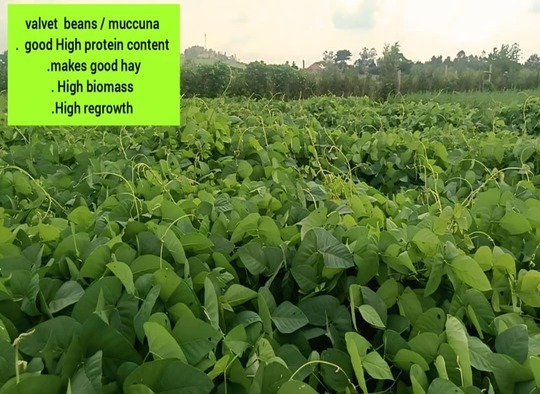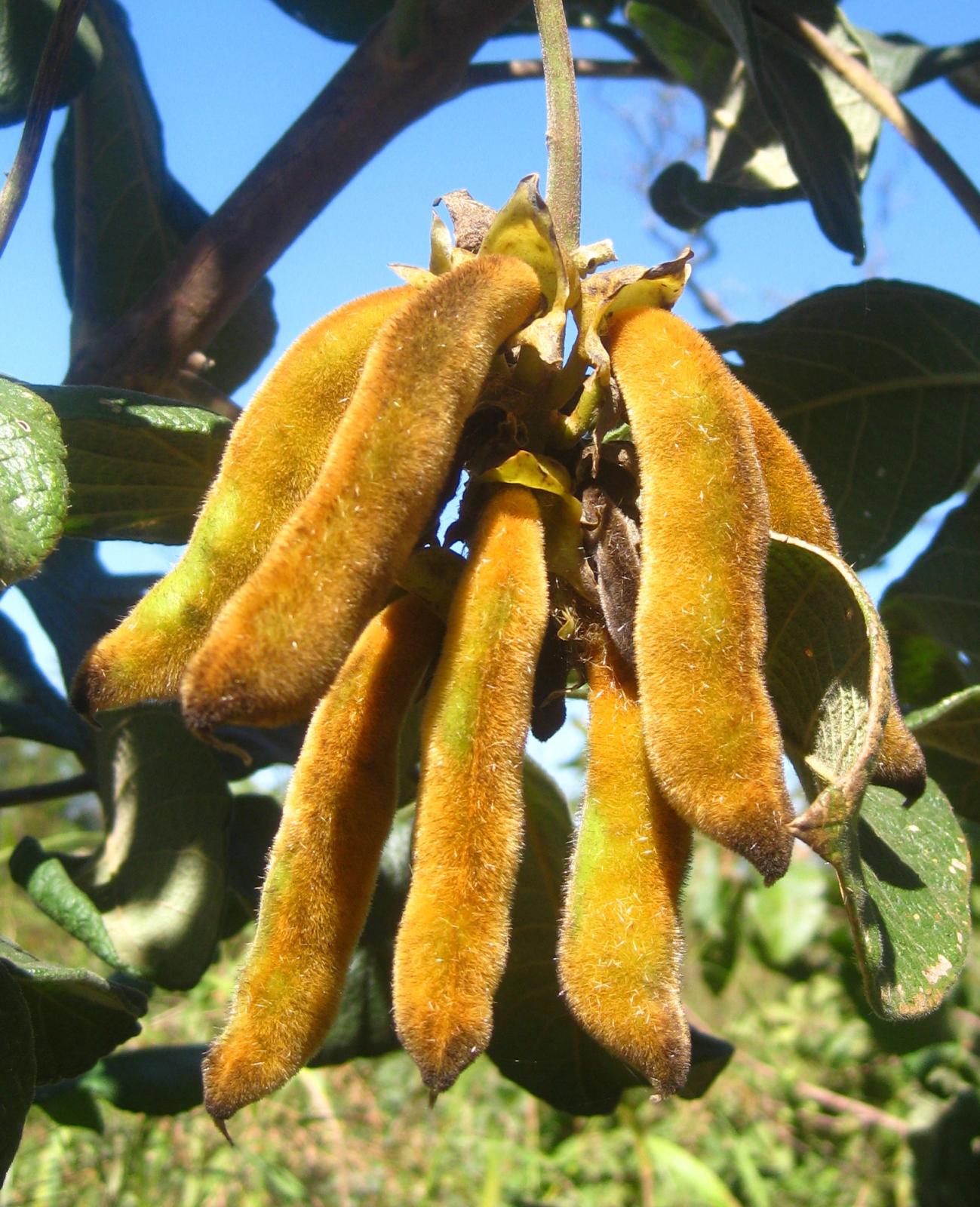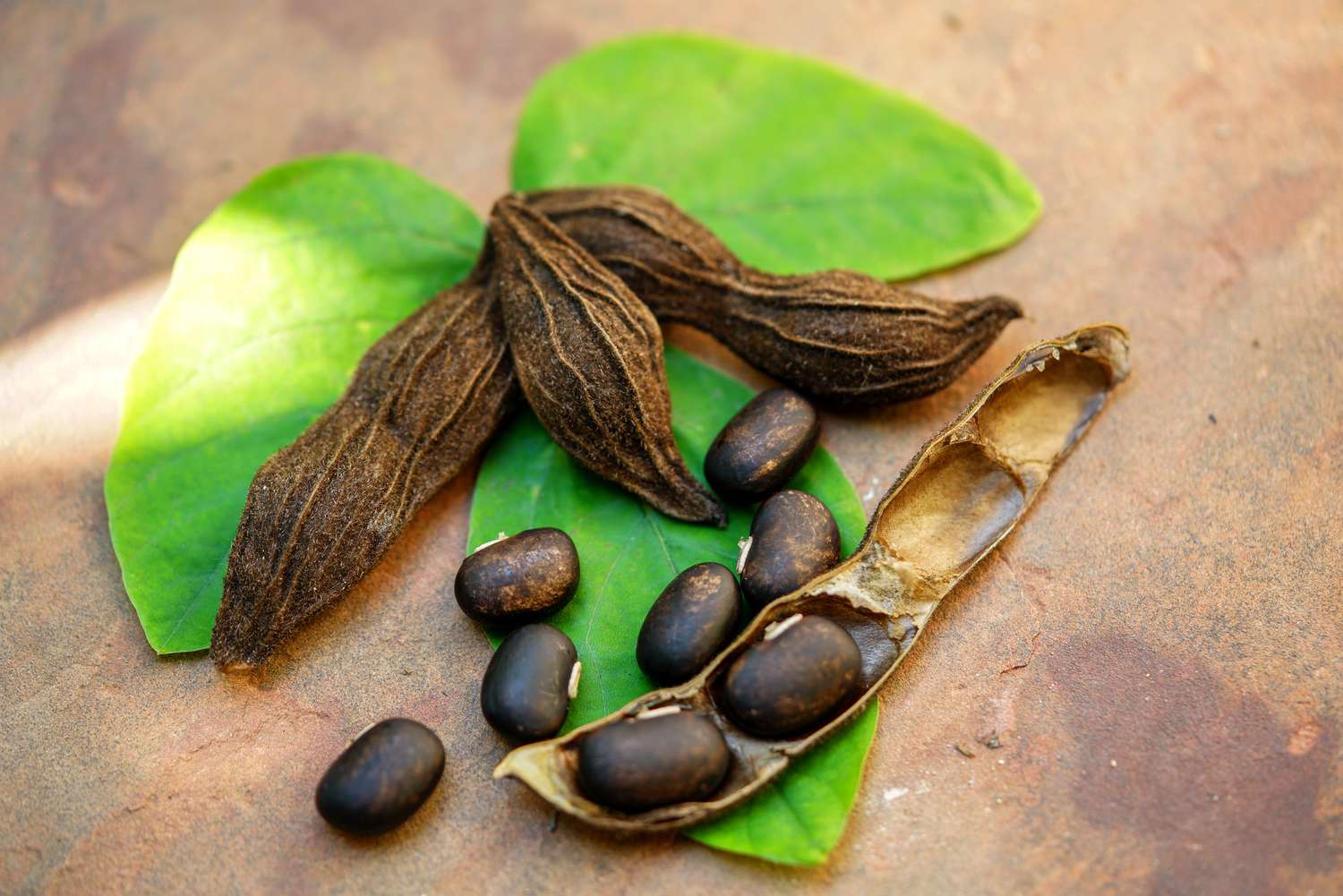Welcome to Itungo Pastures
- +256705167067, +256782185097, +256744000011
- Wakiso Town Council along Hoima road
- itungopastures@gmail.com

Mucuna pruriens is a tropical legume native to Africa and tropical Asia and widely naturalized and cultivated. Its English common names include monkey tamarind, velvet bean, Bengal velvet bean, Florida velvet bean, Mauritius velvet bean, Yokohama velvet bean, cowage, cowitch, lacuna bean, and Lyon bean.
The plant is notorious for the extreme itchiness it produces on contact, particularly with the young foliage and the seed pods. It also produces many medium-sized red swollen bumps on the skin with the itching. It has agricultural and horticultural value, and is used in herbalism.

Mucuna pruriens is an annual climbing shrub with long vines that can reach over 15 metres (50 feet) in length. When the plant is young, it is almost completely covered with fuzzy hairs, but when older, it is almost completely free of hairs. The leaves are tripinnate, ovate, reverse ovate, rhombus-shaped or widely ovate. The sides of the leaves are often heavily grooved and the tips are pointy. In young specimens, both sides of the leaves have hairs. The stems of the leaflets are 2–3 millimetres (1⁄16–1⁄8 inch) long. Additional adjacent leaves are present and are about 5 mm (1⁄4 in) long.
The flower heads take the form of axially arrayed panicles. They are 15–32 centimetres (6–13 in) long and have two or three, or many flowers, which can be white, lavender, or purple. The accompanying leaves are about 12.5 mm (1⁄2 in) long; the flower stand axes are from 2.5–5 mm (1⁄8–3⁄16 in). The bell is 7.5–9 mm (5⁄16–3⁄8 in) long and silky. The sepals are longer or of the same length as the shuttles. The crown is purplish or white. The flag is 1.5 mm (1⁄16 in) long. The wings are 2.5–3.8 cm (1–1+1⁄2 in) long.
Download Notes

In many parts of the world, M. pruriens is used as an important forage, fallow and green manure crop. Since the plant is a legume, it fixes nitrogen and fertilizes soil. In Indonesia, particularly Java, the beans are eaten and widely known as ‘Benguk’. The beans can also be fermented to form a food similar to tempeh and known as Benguk tempe or ‘tempe Benguk’.